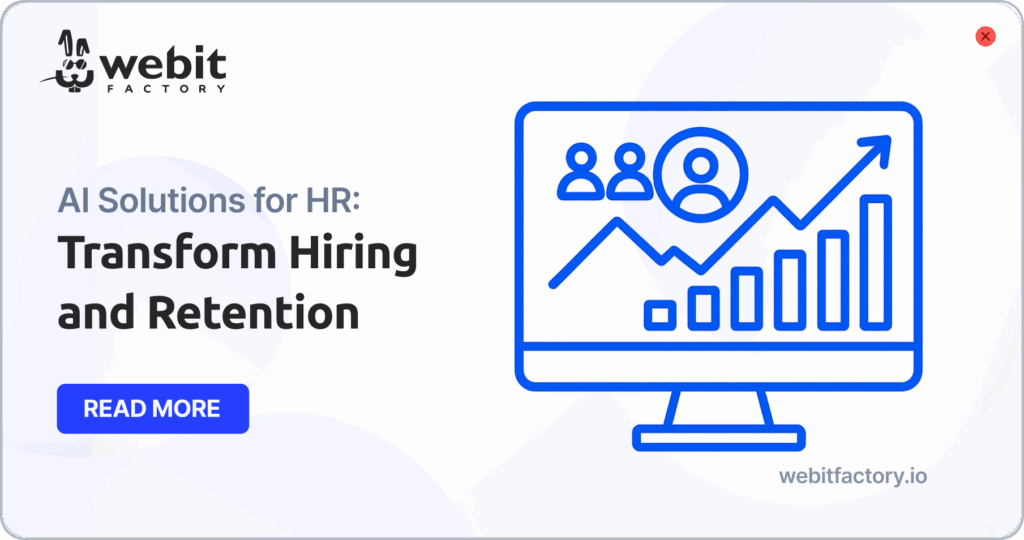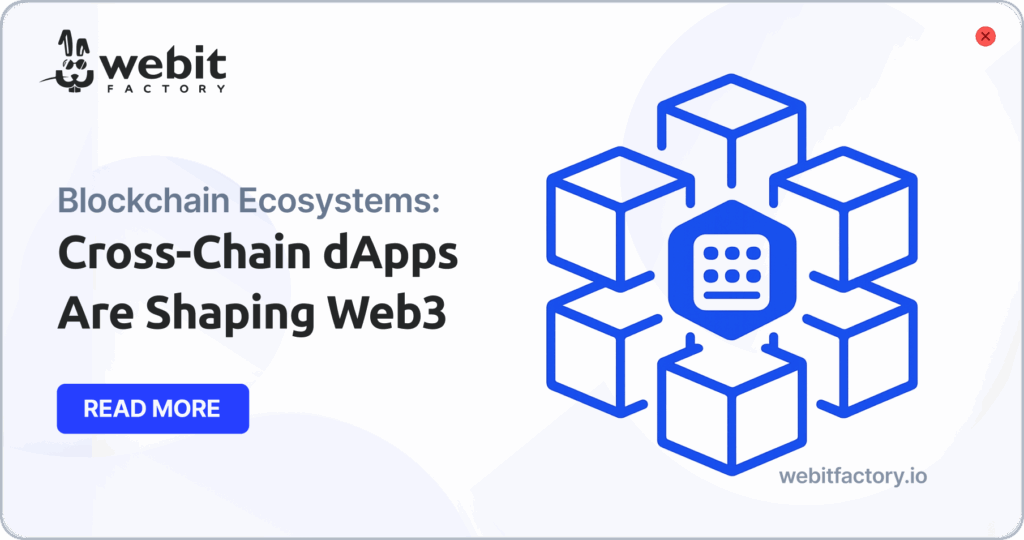Software integration challenges are one of the biggest roadblocks businesses face during digital transformation. A report by Merge.dev indicates that 50% of organizations cite the discontinuation of an integrated application or a feature within the app as a challenge when maintaining integrations.
Many companies still rely on outdated systems that were never designed to work with today’s cloud platforms or automation tools. This creates silos of information, operational inefficiencies, and a constant headache for IT teams. According to IBM, the key to unlocking innovation and business automation is breaking down these silos and securely connecting existing systems with newer technologies. Without proper integration, even the best software investments fall short. So how can businesses overcome this barrier and set themselves up for long-term success?
What makes software integration such a difficult process?
Integrating new solutions with legacy infrastructure is rarely a plug-and-play experience. In fact, Gartner warns that by 2027, more than 70 percent of ERP initiatives will fail to meet their business goals, and up to 25 percent will fail entirely (Gartner ERP Trends). These numbers reveal a critical issue: integration often lacks alignment with broader business strategies.
In comparison to traditional databases, blockchain security functions as a central database or registry. Instead of being kept in one place, data is kept in sections that are encrypted together. The main security feature of a blockchain is its capacity to maintain data integrity and privacy without the need for intervention from outsiders.
Here are the most common software integration challenges:
- Incompatible technologies that cannot communicate effectively
- Lack of internal technical knowledge or integration expertise
- Disruption of business operations during the integration process
- Budget and timeline overruns due to unforeseen complexity
- Fragmented data and duplicated efforts due to poor data mapping

These obstacles cause many companies to delay upgrades, leaving them dependent on outdated systems that limit growth and agility.
Step-by-step guide to solving software integration challenges
A thoughtful integration strategy can minimize risk and deliver lasting value. The key is to approach software integration with a clear roadmap that aligns with your company’s objectives.
Guide to overcome software integration challenges
1. Define your integration goals
Start by identifying what success looks like. Is your goal faster operations, better customer data, or improved decision-making?
2. Audit your current tech stack
List all systems currently in use and evaluate which ones need to be integrated or replaced.
3. Choose the right integration architecture
Decide whether a point-to-point, middleware, or API-led strategy best fits your setup.
4. Prioritize data consistency
Standardize data formats and develop rules for clean, reliable data exchange between systems.
5. Test before going live
Use sandbox environments to test integrations before deployment. This helps prevent costly disruptions.
6. Provide training and support
Ensure that teams using the software know how the integration works and what new workflows look like.
Following this framework helps you stay focused and avoids software integration challenges when rushing into complex integrations without a clear plan.
Best automation tools for seamless integration success
The right tools can turn integration from a frustrating task into a streamlined process. Software platforms now come with built-in automation features that simplify data sharing, task syncing, and real-time visibility.
Top-rated integration and automation tools:
IBM Cloud Pak for Integration
A leader in connecting apps and data across hybrid environments
Zapier
Ideal for automating workflows across popular SaaS platforms
MuleSoft
Known for API-led integrations and enterprise scalability
Workato
Combines automation with strong data integration capabilities
Make (Integromat)
Great for visual drag-and-drop integration flows
These tools empower businesses to eliminate manual data entry, sync systems in real-time, and scale operations without increasing overhead.
Case studies for overcoming software integration challenges
Success stories prove that with the right approach, software integration challenges can be turned into competitive advantages.
ITS Logistics cut operational costs by 20 percent in just six months after implementing software integration solutions from Planimatik. The integration streamlined their logistics operations and reduced workflow inefficiencies.
Redwood Logistics also benefited by integrating Gatekeeper’s vendor and contract management tools with their existing NetSuite system. This resulted in more informed procurement decisions and significantly lower operational costs.
IBM continues to lead in this space, as noted in the 2024 Gartner Magic Quadrant, by offering integration tools that support large-scale, secure, and AI-ready modernization projects.
Software integration challenges do not have to hold your business back. By investing in the right tools, aligning tech with business goals, and creating a structured integration plan, you can transform outdated systems into a connected, automated ecosystem. Legacy system modernization is not just about replacing old tools; it’s about unlocking new potential.
Modernizing your software infrastructure?
Related Articles

AI Agents Explained in Simple Terms
Discover what AI agents are, how they work, and why intelligent agents are reshaping automation across industries.

AI Solutions for HR That Transform Hiring and Retention
AI solutions for HR are transforming hiring and retention with faster recruitment, better cultural fit, and lower turnover rates.

Cross-Chain dApps Are Shaping Web3
Cross-chain dApps are shaping Web3 by streamlining UX, improving contract monitoring, and bridging fragmented blockchain ecosystems.
